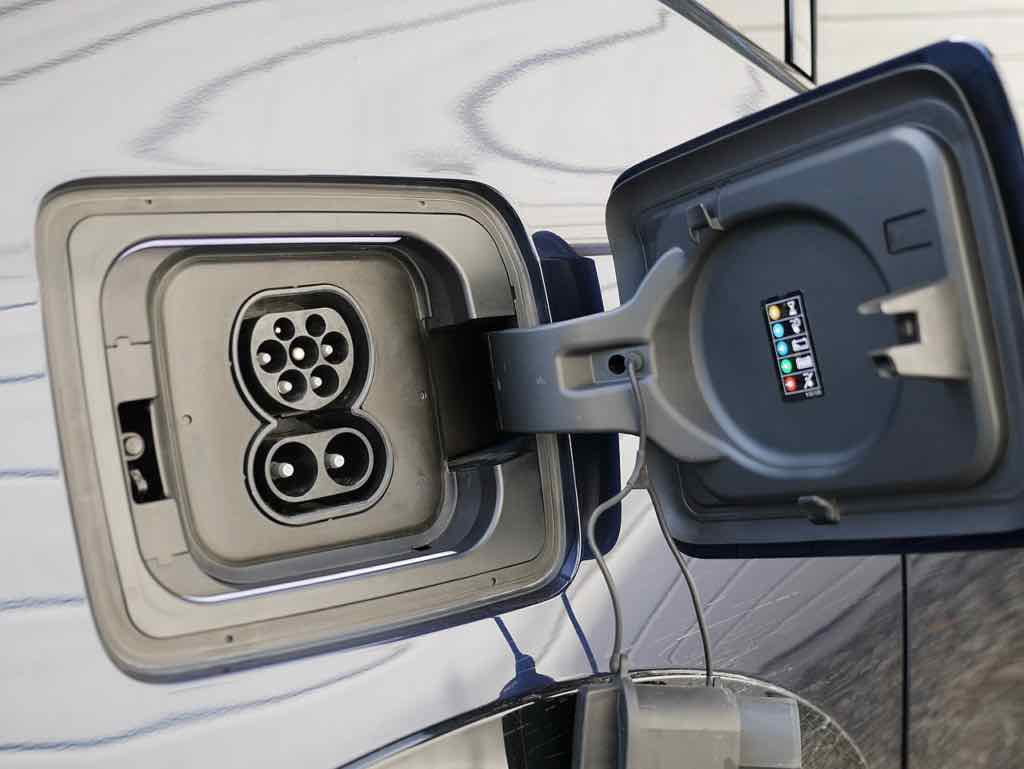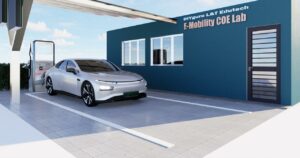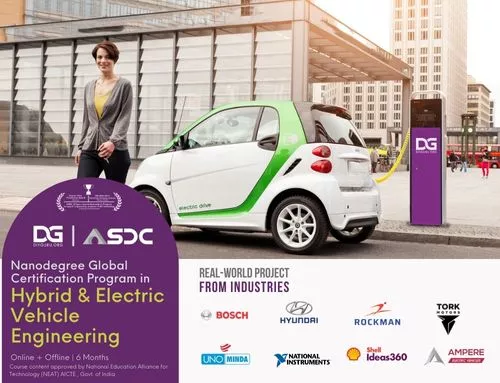Introduction:
As the world embraces the electric vehicle (EV) revolution, the development of efficient and standardized charging solutions is crucial. One such solution that has gained significant traction is the Combined Charging System (CCS). In this blog post, we will explore the features, Advantage and disadvantages of Combined Charging System, and importance of CCS in shaping the future of electric mobility. Join us as we delve into the world of CCS and its role in facilitating seamless and rapid charging for electric vehicles.
What is the Combined Charging System (CCS)?

Combined Charging System is an electric vehicle charging system that combines AC and DC charging into a single connector. This provides greater charging flexibility because the vehicle can be charged using either alternating current (AC) or direct current (DC), depending on the charging station’s capabilities and the vehicle’s needs. CCS charging stations typically employ a DC fast charging system, allowing for much quicker charging times than traditional AC charging. The charging stations are usually rated at 50kW or higher, allowing for a full charge in less than 30 minutes.
Electricians should know the electrical requirements for installing a CCS charging station, which typically involves a high-voltage direct current supply and a dedicated transformer. The station also includes communication and control systems to manage the charging process and ensure the safety of the user and equipment. It’s also important to understand CCS’s electrical and mechanical standards, which cover the connector, communication protocols, and safety requirements. Plus, electricians must be familiar with the safety protocols for working with high voltage direct current, as well as the safety equipment and procedures required to install and maintain a CCS charging station.
Furthermore, CCS stations must be integrated with the grid and billing systems to ensure proper energy management and proper billing of the user.
The primary distinction between CHAdeMO and CCS is their connectors and charging methods. CHAdeMO employs a one-of-a-kind connector that is incompatible with other charging systems and is typically used for fast DC charging, which involves charging the vehicle’s battery with a direct high-voltage current. Compared to traditional AC charging, this method allows for much faster charging. CHAdeMO charging stations are usually rated at 50kW or higher, allowing for a full charge in less than an hour.
On the other hand, CCS employs a hybrid connector that supports AC and DC charging. This provides greater charging flexibility because the vehicle can be charged using either alternating current (AC) or direct current (DC), depending on the charging station’s capabilities and the vehicle’s needs. CCS charging stations typically employ a DC fast charging system, allowing for much quicker charging times than traditional AC charging. CCS charging stations are usually rated at 50kW or higher, allowing for a full charge in less than 30 minutes.
Both charging systems require a high-voltage direct current supply and a dedicated transformer, as well as communication and control systems to manage the charging process and ensure the user’s and the equipment’s safety. Electricians must be familiar with both systems’ electrical and mechanical standards, safety requirements, and protocols. On the other hand, CCS charging stations must be integrated with the grid and the billing system to ensure proper energy management and proper billing of the user.
The Evolution of CCS:
Combined Charging System was developed as a collaboration between major automakers, charging infrastructure providers, and other stakeholders to establish a universal charging standard. The first version of CCS, known as CCS Combo 1, was introduced in 2012. It utilized the Type 1 connector for the North American market. Subsequently, the CCS Combo 2, using the Type 2 connector, was introduced for the European market. This evolution aimed to ensure a consistent charging experience across different regions.
Key Features of Combined Charging System:
Combined AC and DC Charging:
One of the primary advantages of CCS is its ability to support both AC and DC charging. AC charging is suitable for slower charging at home or public AC charging stations, while DC charging enables rapid charging at DC fast chargers. The combined capabilities of CCS ensure that EV owners have access to a wide range of charging options for their vehicles.
Compatibility and Flexibility:
CCS is designed to be compatible with a variety of electric vehicle models. It supports different power levels and can accommodate both single-phase and three-phase charging, allowing for greater flexibility in charging infrastructure deployment. This compatibility ensures that EV owners can utilize CCS charging stations without compatibility concerns.
High Charging Power:
CCS enables high charging power, allowing electric vehicles to charge at faster rates. With CCS, EV owners can benefit from DC fast charging stations that can deliver power levels up to 350 kW, significantly reducing charging time and enhancing the convenience of long-distance travel.
ADVANTAGES OF CCS
The CCS (Combined Charging System) electric vehicle charging system has several advantages:
- Because CCS is used by many major automakers, including BMW, Volkswagen, and General Motors, it is compatible with many electric vehicle models.
- CCS charging stations can charge an electric vehicle to 80% in less than 30 minutes, which is significantly faster than most other charging systems.
- CCS integrates AC and DC charging functions into a single connector, providing more charging options.
- CCS is becoming more common in Europe and North America and is regarded as one of the primary standards for fast electric vehicle charging.
- Unlike other fast-charging systems, a CCS charging station is less expensive.
- CCS allows for bidirectional charging, which means that an EV can also supply electricity to the grid. This is known as Vehicle-to-Grid (V2G)
DISADVANTAGES OF CCS
While CCS has several advantages, it also has some drawbacks as an electric vehicle charging system:
- CCS charging stations are mostly found in Europe and North America, limiting the system’s utility for owners of electric vehicles in other parts of the world.
- CCS is a newer system with fewer charging stations than older systems like CHAdeMO. CCS is a newer system that may not be compatible with older electric vehicle models.
- Owners of vehicles lacking CCS charging ports must purchase a separate adapter to use CCS charging stations, which can be costly.
- CCS charging stations have a charging power of around 150KW, which is less than that of other charging systems such as Tesla Superchargers.
- CCS charging stations require a more complex infrastructure than other systems, making installation more expensive.
The Importance of CCS in Electric Vehicle Charging Infrastructure:

Combined Charging System plays a vital role in shaping the electric vehicle charging infrastructure. Its standardized and interoperable nature promotes the growth of charging networks, making EV adoption more accessible and convenient. With CCS as a universal charging standard, charging infrastructure providers can invest in the development of reliable and high-power charging stations, further accelerating the transition to electric mobility.
Conclusion:
The Combined Charging System (CCS) stands as a pivotal charging protocol in the electric vehicle industry. With its combined AC and DC charging capabilities, compatibility, high charging power, and interoperability, CCS enables efficient and convenient charging for electric vehicles. As the world embraces electric mobility, CCS plays a crucial role in establishing a robust charging infrastructure. By embracing CCS, we unlock the potential for rapid charging, enhanced interoperability, and a greener future powered by electric vehicles.























